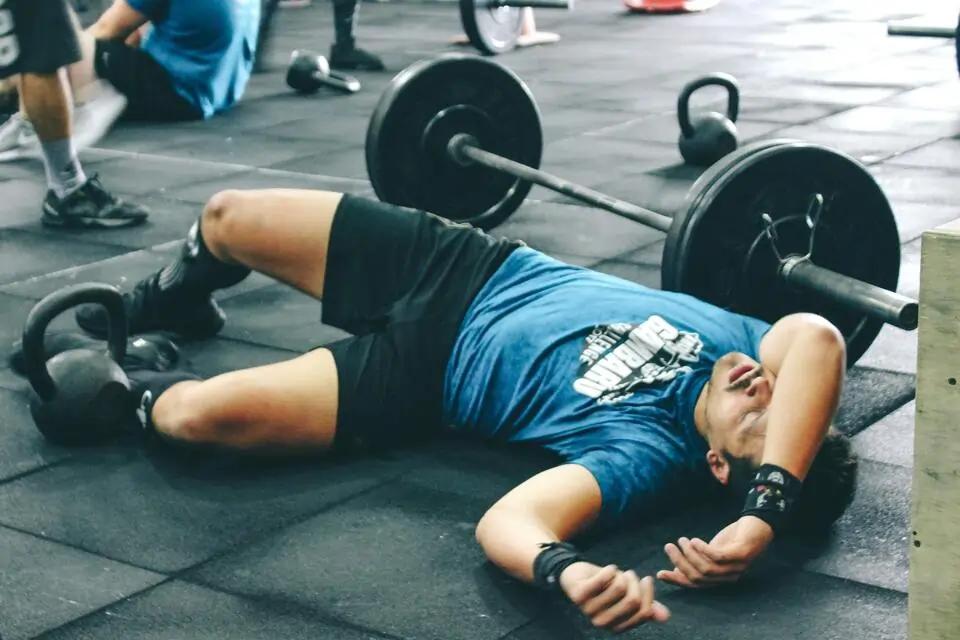Working out can be a great way to stay in shape and improve your overall health, but it can also take a toll on your body. After a workout, your muscles may be sore and fatigued, making it difficult to move or even perform everyday tasks. This is known as post-workout recovery time, and it can vary depending on the intensity of your workout and your overall fitness level. However, there are several ways to cut down on recovery time and get back to your normal routine as quickly as possible.
Hydrate, Hydrate, Hydrate: One of the most important things you can do to cut down on recovery time is to stay hydrated. When you exercise, you lose fluids through sweat, which can cause your muscles to become dehydrated. This can lead to cramping, fatigue, and even injury. To avoid this, be sure to drink plenty of water before, during, and after your workout.
Get Enough Sleep: Sleep is another essential aspect of post-workout recovery. During sleep, your body repairs and regenerates muscle tissue, which can help to reduce soreness and fatigue. Aim for at least 7-8 hours of sleep per night, and try to avoid any late nights or early mornings that might disrupt your sleep schedule.

Stretch it Out: Stretching can also help to reduce recovery time by increasing blood flow to your muscles and improving flexibility. Try to stretch for at least 10-15 minutes after your workout, focusing on the muscles you’ve used during your workout. This can help to reduce soreness and improve your range of motion.
Use a Foam Roller: A foam roller is a great tool for post-workout recovery. It can help to break up muscle knots and adhesions, which can lead to pain and stiffness. By rolling over the affected area, you can increase blood flow and reduce inflammation, which can help to speed up recovery time.
Take an Ice Bath: Taking an ice bath after your workout can help to reduce inflammation and soreness. The cold water can help to constrict blood vessels and reduce blood flow to the affected area, which can help to reduce swelling and pain. Aim for a water temperature between 50-60 degrees Fahrenheit, and stay in the bath for at least 10-15 minutes.
Eat a Balanced Meal: Eating a balanced meal after your workout can help to fuel your body and provide the nutrients it needs to recover. Aim for a meal that includes a mix of carbohydrates, protein, and healthy fats. Carbohydrates can help to replenish glycogen stores, which can help to reduce fatigue. Protein can help to repair and rebuild muscle tissue, and healthy fats can help to reduce inflammation.
Take Supplements: Some supplements can help to speed up recovery time. Creatine, for example, can help to increase muscle strength and endurance. Glutamine can help to reduce muscle soreness and fatigue. And Omega-3 fatty acids can help to reduce inflammation and improve overall health. However, it’s important to remember that supplements aren’t a substitute for a healthy diet and regular exercise.
Massage: Massaging your muscles can help to increase blood flow, reduce inflammation, and promote muscle relaxation. A professional massage therapist can use various techniques such as Swedish massage, deep tissue massage, and sports massage to help speed up recovery time. Additionally, self-massage using a foam roller or massage ball can also be beneficial for post-workout recovery.
Active Recovery: Active recovery is a type of exercise that is low-intensity and focuses on promoting blood flow to the muscles. This can include activities such as yoga, swimming, or cycling at a lower intensity. Active recovery can help to reduce soreness and fatigue, and can also help to improve overall flexibility and range of motion.
Listen to your body: It’s essential to listen to your body and understand the signals it’s giving you. If you feel pain or discomfort, it’s important to take a break and rest. Continuing to push yourself when you’re injured or sore can lead to further injury and longer recovery times. Additionally, if you’re feeling particularly fatigued or sore, it may be beneficial to take a rest day or reduce the intensity of your next workout.
Invest in recovery gear: There are many recovery gear available in the market such as compression clothing, recovery boots, and cryotherapy chambers. These recovery gear can help to reduce inflammation, increase blood flow, and promote muscle relaxation, which can speed up recovery time. However, it’s important to note that recovery gear is not a substitute for proper nutrition, hydration, and rest.
In conclusion, post-workout recovery is a critical aspect of maintaining a healthy and active lifestyle. By following these tips, you can help to reduce recovery time and get back to your normal routine as quickly as possible. Remember to stay hydrated, get enough sleep, stretch, use a foam roller, take an ice bath, eat a balanced meal, take supplements, massage your muscles, engage in active recovery, listen to your body and invest in recovery gear. By taking care of your body during the recovery phase, you’ll be able to perform at your best during your next workout.

